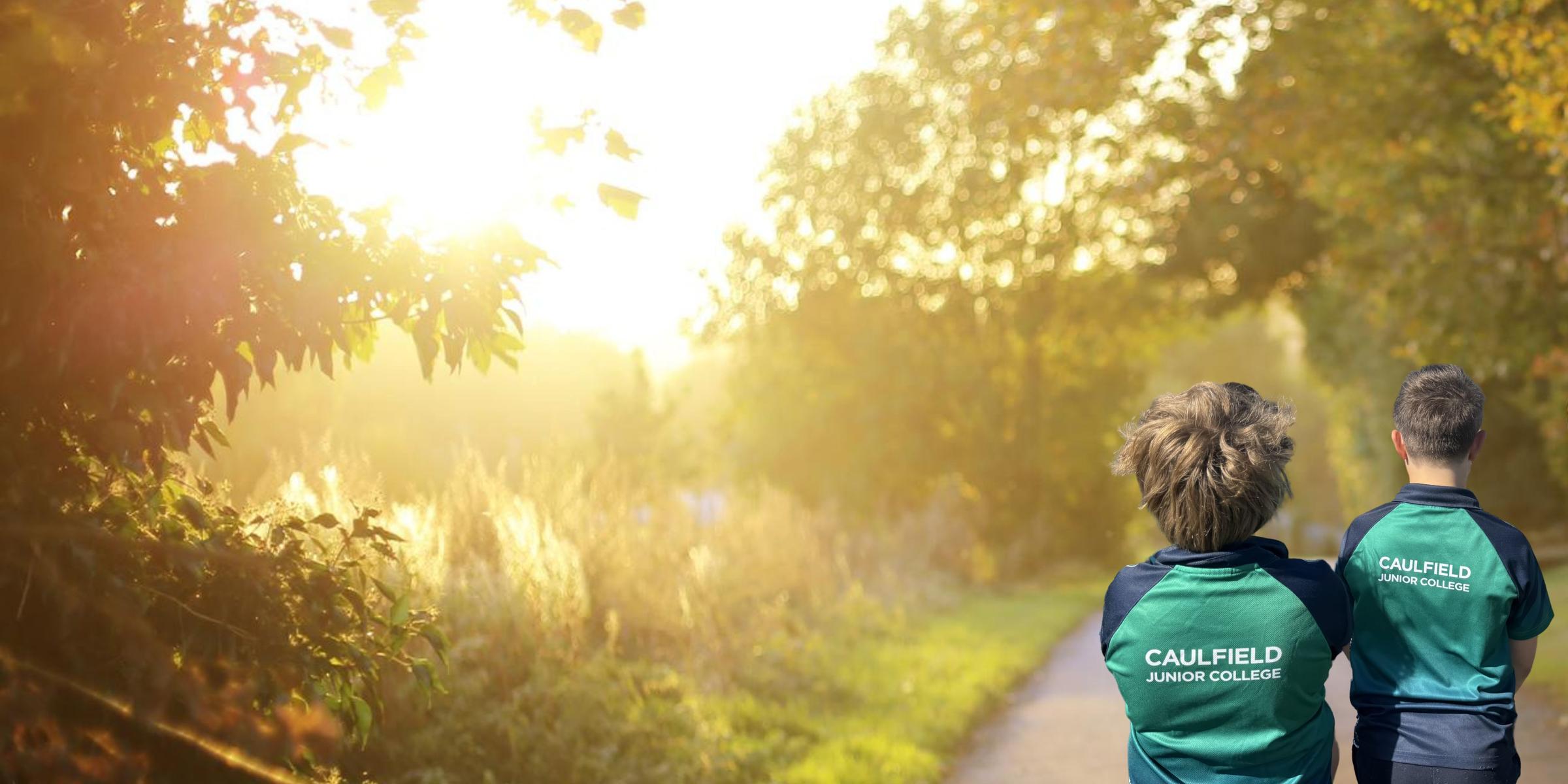News from the Inclusion team

Worries
A worry is an emotion. It’s a natural response to a big event, change or challenge. Many children can find a worrying thought difficult to discard and it can affect their learning, school attendance and their health.
Worry can be helpful, as long as it doesn’t become too overwhelming or persistent. It can be a way of planning and thinking ahead, “Am I ready for this?” What’s going to happen? What do I need to get ready?” Will people laugh at me?”
Children experience a wide range of worries, often evolving as they age and encounter new situations. These can range from fears of imaginary things like monsters and ghosts, to worries about school, friendships, and real-life events like natural disasters or personal safety.
Worry can manifest into physical sensations like the feeling of “butterflies in your stomach”, racing heart or difficulty with sleeping or eating. They can be about school, family, health, or even bigger issues like war or disasters.
How can we deal with worry;
Acknowledge the worry.
Validate the big feeling.
Recognise that it is with us in the room.
Wonder about what it looks like.
Label the feeling.
Explore where the feeling of worry is in our body.
Draw, paint, or express the worry - put in Worry Jar.
If worries become too persistent or overwhelming and for a long period of time, it is important to seek professional help. If your child is aged 5 years or older, they can talk with a counsellor at Kids Helpline by calling 1800 551 800.
The article below from Raising Children goes into more detail about anxiety, worry and fear in children.
